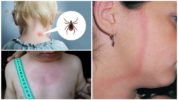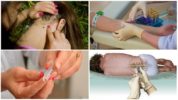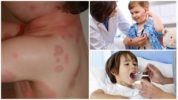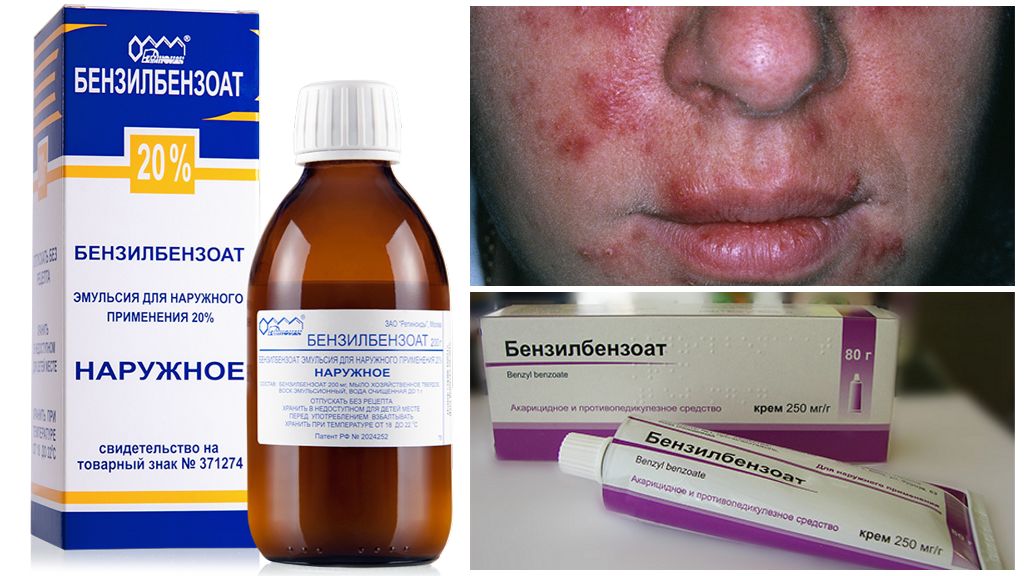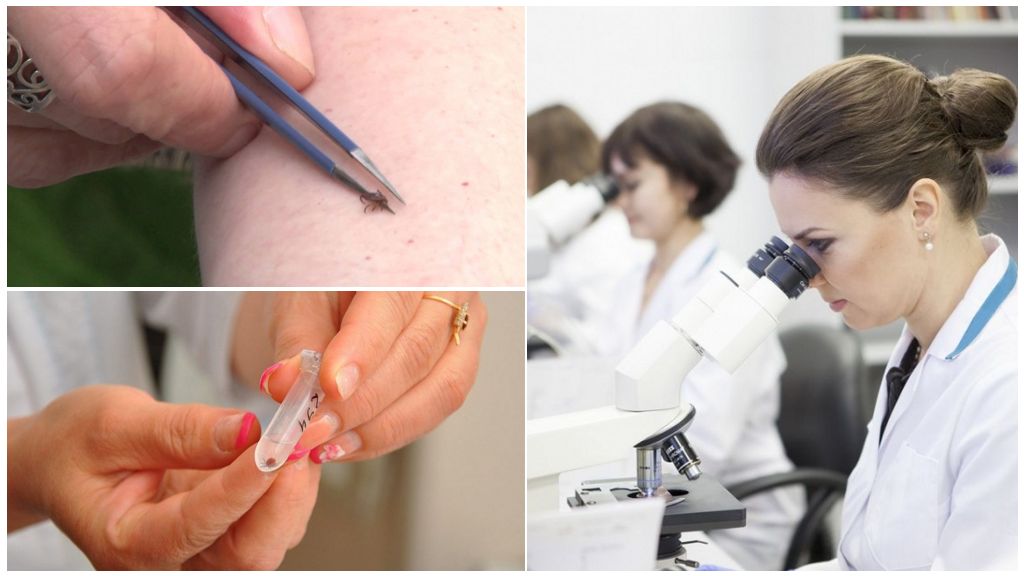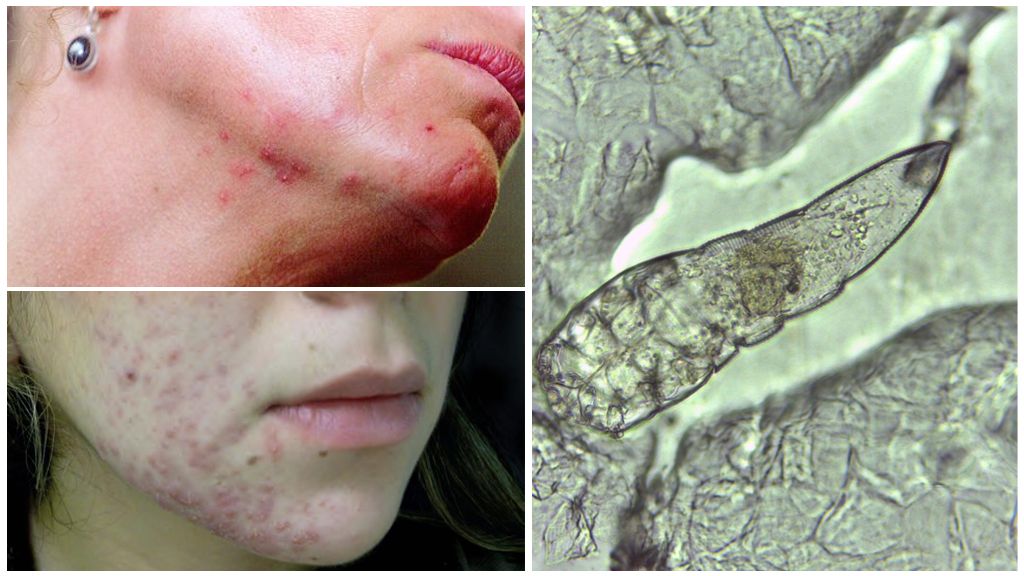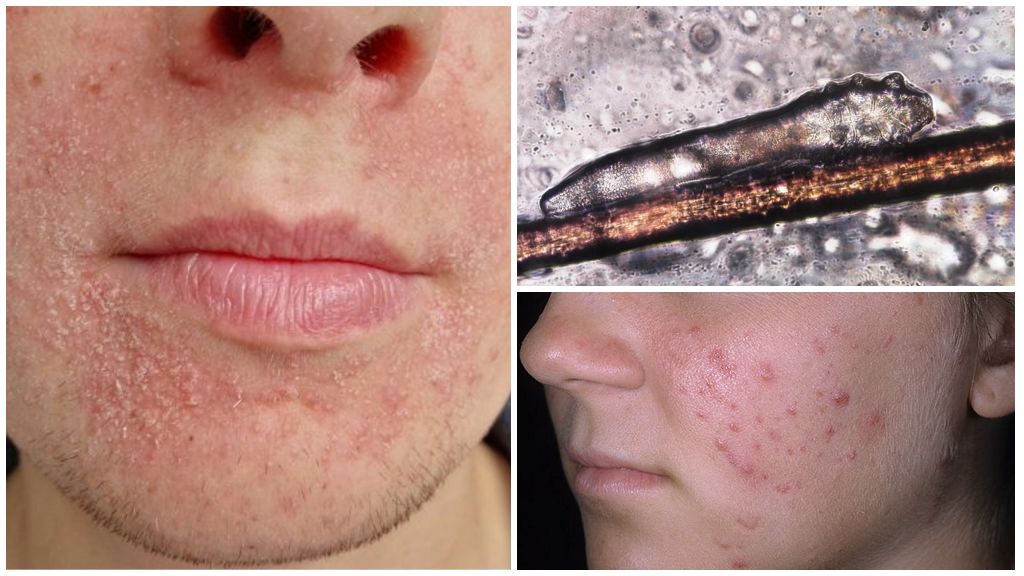- Lyme Disease - General Concepts
- Symptoms of Borreliosis in children
- The first stage of borreliosis in a child
- The second stage of Lyme disease in a child
- The third stage of borreliosis in children
- Diagnosis of Lyme disease in children
- Treatment of borreliosis in children
- Consequences, forecasts
- Borreliosis Prevention
- The first stage of borreliosis in a child
- Diagnosis of Lyme Disease
- Treatment of borreliosis in children
Borreliosis in children has a pronounced symptomatology, developing rapidly. The first manifestations of Lyme disease appear 14 days after suction tick. The spread of infection is 2 types of ticks - european forest, taiga. They live in forests, parks, vegetation near the house, meadows, pastures. Activity season falls on June, September.
Lyme Disease - General Concepts
Causative agent of infection There are 6 types of bacteria - Borrelia. Carriers borreliosis are mammals, birds. Spread the infection ixodid ticks. Borrelia is found in saliva; it gets into a child’s body through a bite.
On a note!
The incubation period lasts from 2 days to 60, but more often the first symptoms come to light after 14 days. The asymptomatic development of the disease lasts as long as the bacteria actively multiply. After 10-14 days, they begin to die, in the process they release toxins that poison the body, affecting internal organs, systems.
Bacteria initially multiply in place tick bite. Gradually penetrate the blood, spread throughout the body. The central nervous system, spinal cord, brain, muscles, heart, skin, liver are affected. Borreliosis in a child in the absence of qualified therapy goes through 3 stages of development, the most dangerous of the latter. It leads to the destruction of bone, cartilage, joint pathology, disability, death, loss of vision.
Symptoms of Borreliosis in children
Initially, bacteria are localized at the site of a tick bite.
The first stage of borreliosis in a child
Redness, swelling, marked swelling, inflammation, compaction. The size of eczema is from 1 to 60 cm. Since there are no other alarming symptoms, the parents of the affected children turn to dermatologists and allergists for help. A photo of eczema is presented below. With an incorrect diagnosis, the disease continues to progress, after a few days more vivid symptoms appear.
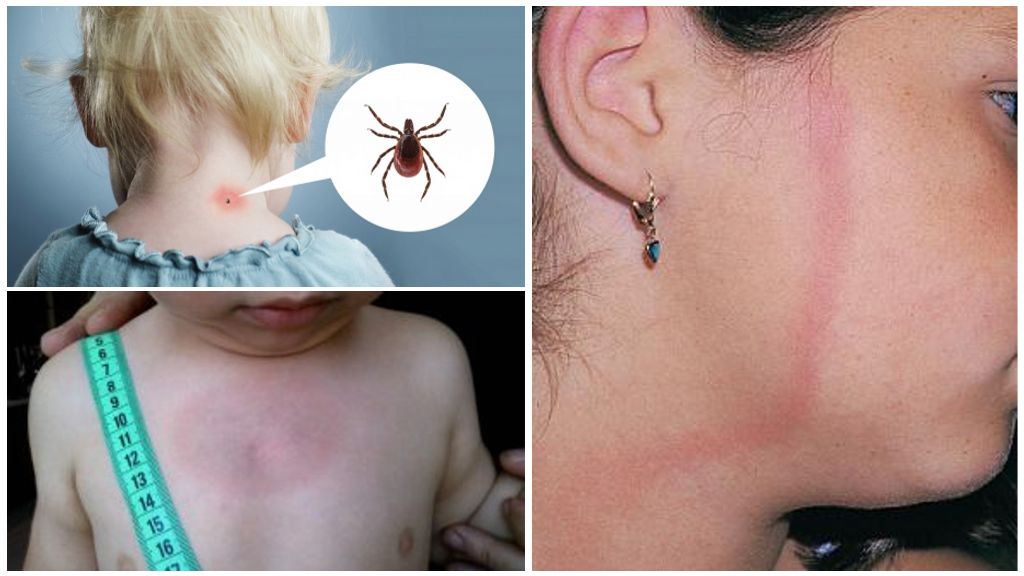
The second stage of Lyme disease in a child
It all starts with a rapid increase in body temperature to 40 degrees Celsius. The following manifestations of the disease resemble flu, but the fact that the symptoms appear in the spring-summer period when the flu virus is absent is alarming.
Symptoms after a tick bite in the second stage of borreliosis:
- heat;
- chills;
- fever;
- nausea;
- vomiting
- sore throat;
- cough;
- runny nose;
- diarrhea;
- muscle aches;
- skin rashes;
- photophobia;
- visual impairment;
- headache;
- dizziness;
- weakness;
- pain under the right rib, enlarged liver.
On a note!
A characteristic symptom of Lyme disease is damage to the facial nerve, cervical spine.
The acute phase of tick-borne borreliosis in a child lasts an average of 7 days. After this comes either a complete recovery, or further progression.The disease becomes chronic, the following manifestations are observed after a month, six months, a year. It all depends on the strength of the immune system, the protective functions of the body.
The third stage of borreliosis in children
The most dangerous, intractable. Internal organs are involved in pathological processes - the liver, heart, pancreas, as well as muscles and the nervous system.
Characteristic symptoms:
- arthritis;
- atrophic dermatitis;
- osteoporosis;
- pain of different localization;
- developmental delay;
- impaired memory, thinking;
- decreased vision, hearing;
- epileptic seizures;
- weakness;
- lethargy;
- chronic depression;
- dysfunction of the pelvic organs.
Important!
The consequences of borreliosis in the absence of therapy, improper treatment - arthrosis, osteoporosis, paralysis, disability, damage to the facial nerve, impaired sensitivity, heart failure, myalgia, neuralgia, dementia, death.
Diagnosis of Lyme disease in children
If a tick is detected it should be immediately to extract. The longer it is on the body, the higher the risk of contracting borrelia. Experts recommend seeking help at emergency rooms, where the pest will be carefully removed and sent for research. The tick removal procedure is free, laboratory diagnosis of the parasite costs from 500 to 1000 rubles.
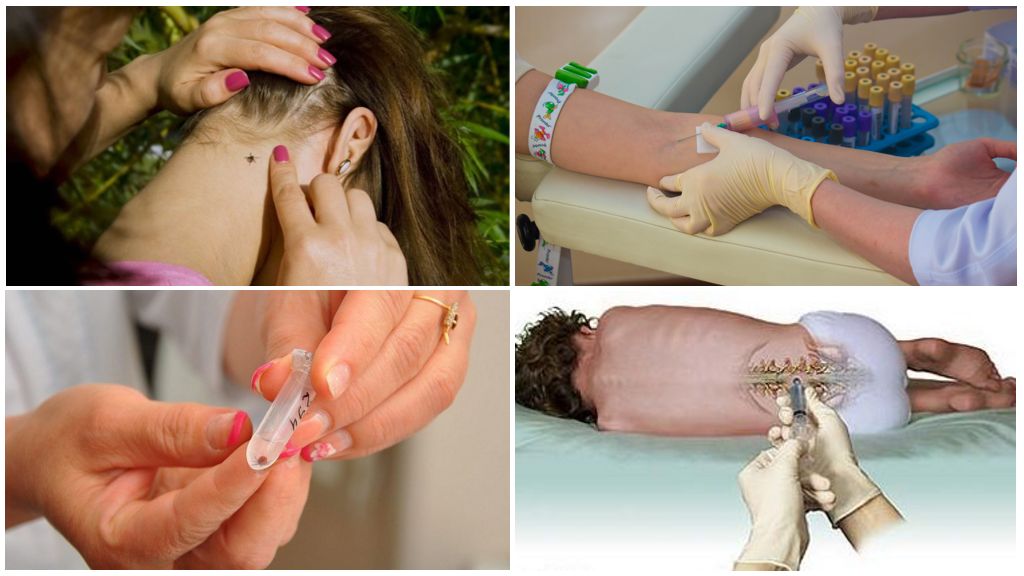
On a note!
The presence of borrelia in the arachnid organism can be detected in 1 day. It is possible to determine whether a child is infected only 14 days after a tick bite. All this time, the victim should be under the scrutiny of adults, doctors. When the first symptoms of borreliosis appear, they are urgently hospitalized.
Diagnosis of Lyme Disease carried out by the serological method, immunoblotting. Determine the presence of bacteria, antibodies in the blood, cerebrospinal fluid, synovial fluid. The material for the study is blood, cerebrospinal fluid, tick.
Treatment of borreliosis in children
You can completely cure the disease in 7 days with timely contact for help from specialists, the correct diagnosis. Tick-borne borreliosis in children is easily susceptible to antibiotics. The direction of therapy is the destruction of the pathogen of infection, the elimination of painful symptoms, the prevention of complications.
Treatment of children in the first stage:
- Tetracycline;
- Doxycycline;
- Amoxicillin;
- Amoxiclav;
- Flemoxin;
- Cefuroxime.
Duration antibiotic therapy, the dosage is selected by a specialist individually in each case, depending on the age of the child, body weight.
Treatment of borreliosis in children in the second stage:
- Penicillin;
- Ceftriaxone;
- antipyretic, anti-inflammatory, antiseptic drugs for symptomatic therapy.
Antibiotic therapy lasts up to 20 days, in most cases a full recovery occurs.
Treatment of Lyme disease in children in the third stage:
- penicillin antibiotics for 28 days;
- medications to eliminate painful symptoms, depending on the nature of the manifestations.
Symptomatic, pathogenetic treatment involves the use of the following medications:
- anti-inflammatory;
- antipyretic;
- painkillers;
- antiseptic;
- detoxification;
- general strengthening;
- antihistamines, anti-allergic;
- cardiac;
- sedatives;
- vitamin
- antidepressants.
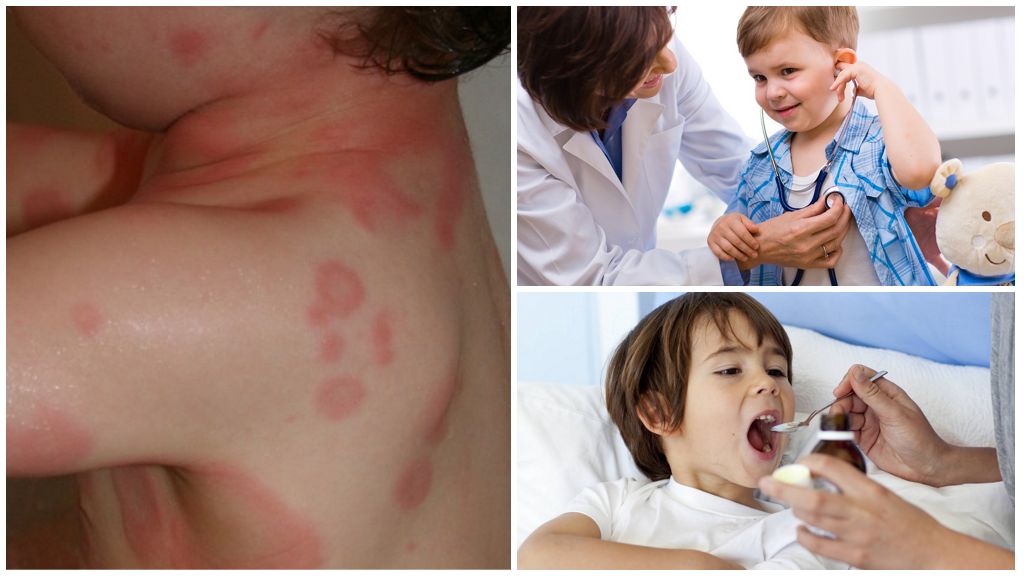
Important!
Clinical recommendations are made by a qualified specialist, selects individually in each case.
Consequences, forecasts
With adequate therapy, in the first days after a tick bite or at the initial stage, a full recovery occurs. Otherwise, the disease progresses, affects the internal organs, systems. In the second stage of the disease, treatment is complicated by many clinical manifestations, weakened immunity. You can defeat Borrelia, eliminate the products of their vital activity in a month.
On a note!
The third stage of the disease is most dangerous, as well as the chronic form, which does not have a vivid clinical picture, quietly leads to autoimmune transformations, pathological processes.
Dangerous consequences:
- loss of muscle strength in arms, legs;
- arthrosis;
- osteoporosis;
- violation of sensitivity;
- facial deformity;
- hearing loss, vision;
- epileptic seizures;
- shakiness when walking;
- joint deformation;
- arrhythmia;
- heart failure;
- dementia;
- backwardness in the mental, physical development of the child;
- neurological disorders;
- disability;
- death.
Lyme disease in the last stage is difficult to treat, requires a combined approach. A favorable outcome largely depends on the timeliness, adequacy of therapy. Sometimes the disease is completely cured after the first, second stage without special therapy.
Borreliosis Prevention
Lyme Disease Vaccines not. You can prevent the development of the disease with antibiotics, as well as the use of non-specific preventive measures.
- The use of special, protective clothing with cuffs, puffs. Wearing hats.
- Application repellents.
- Inspection of the body every 2 hours of being outdoors, with special care after returning home.
- Washing things.
- Carefully removing the tick.
- Timely appeal for help to specialists.
- Pest Control.
- Deratization.
You should refrain from walking in the forest with a child in the season of mass activity of ticks. Children under 3 years old are forbidden to use chemical repellents, you can repel pests essential oilscologne.
